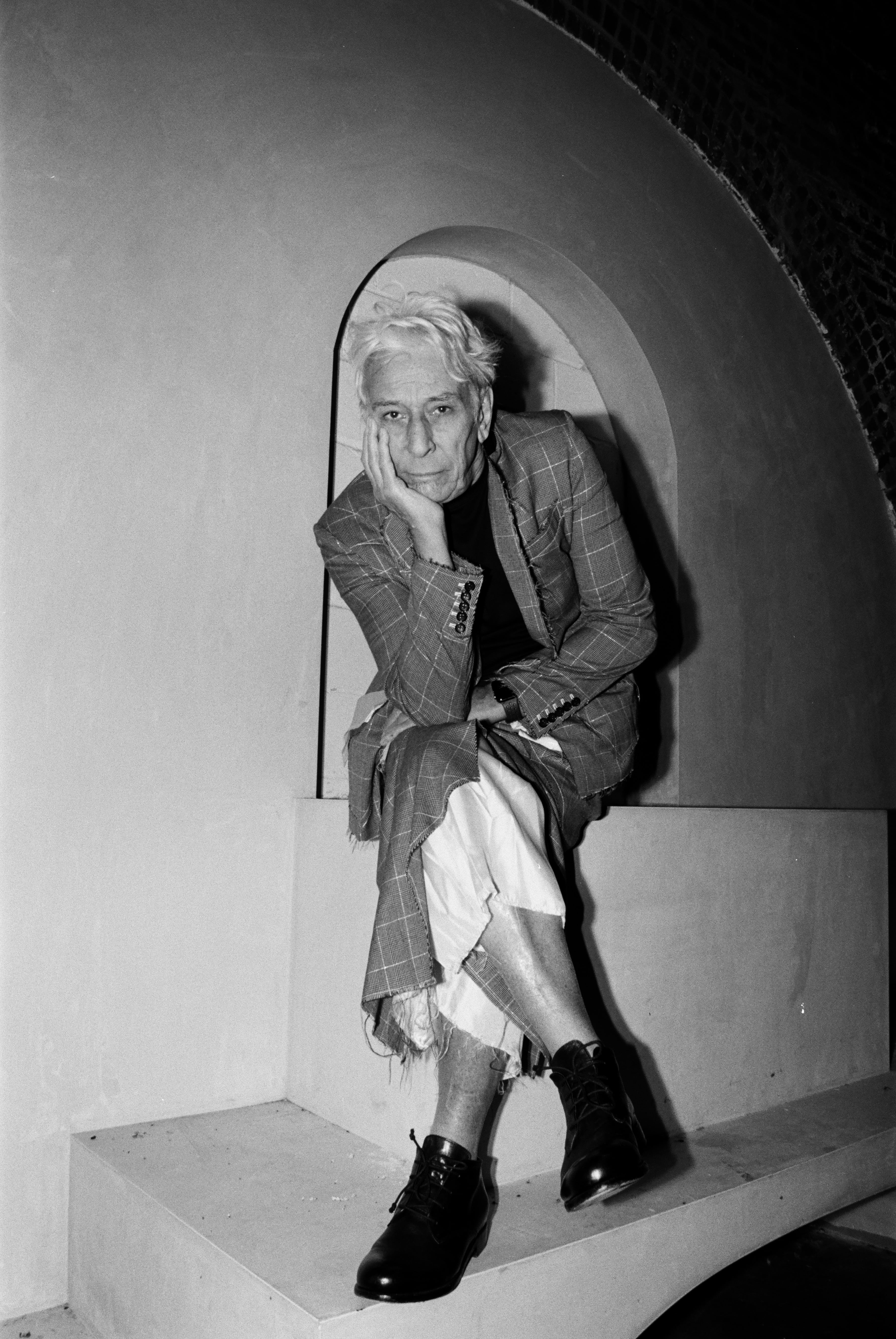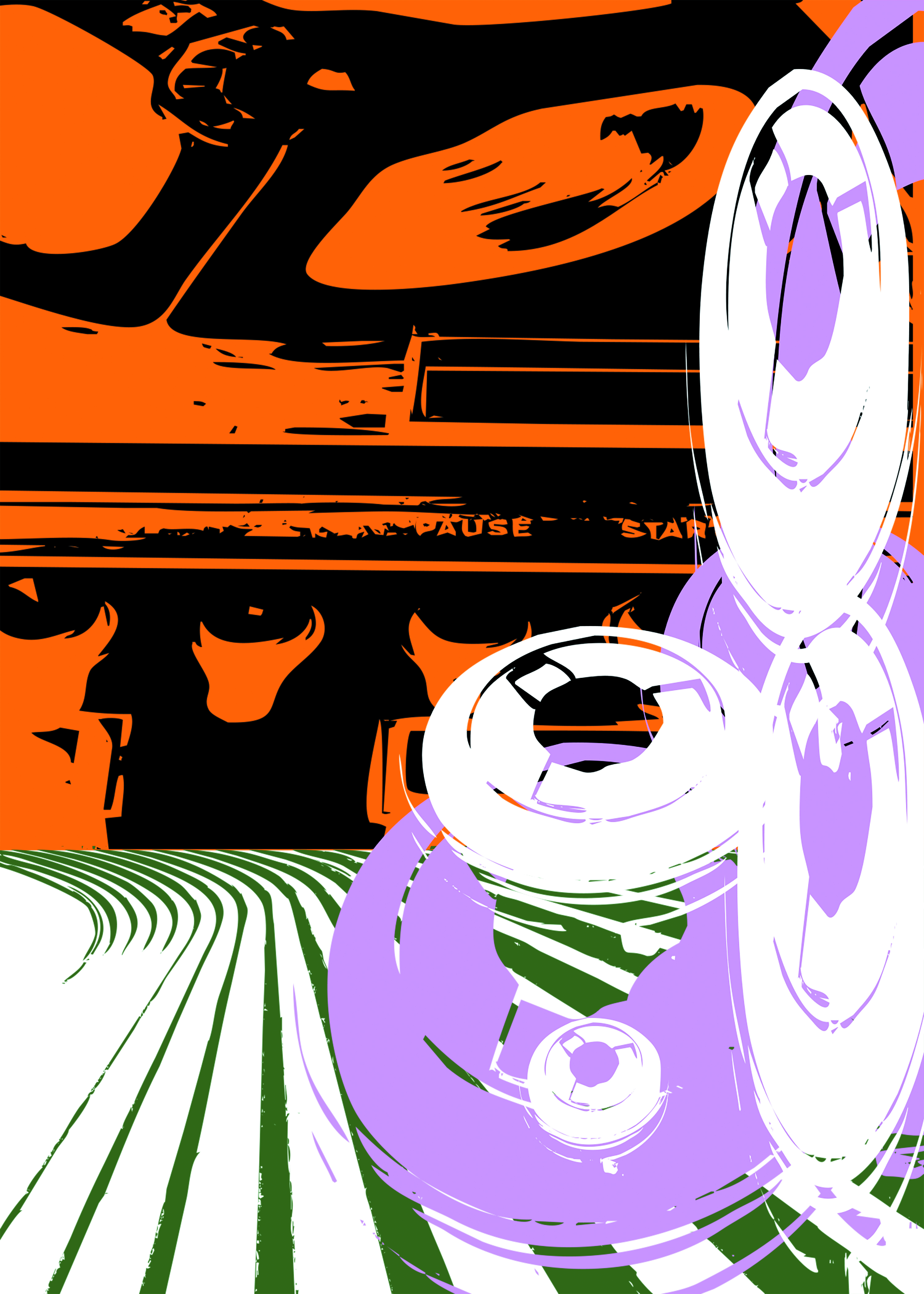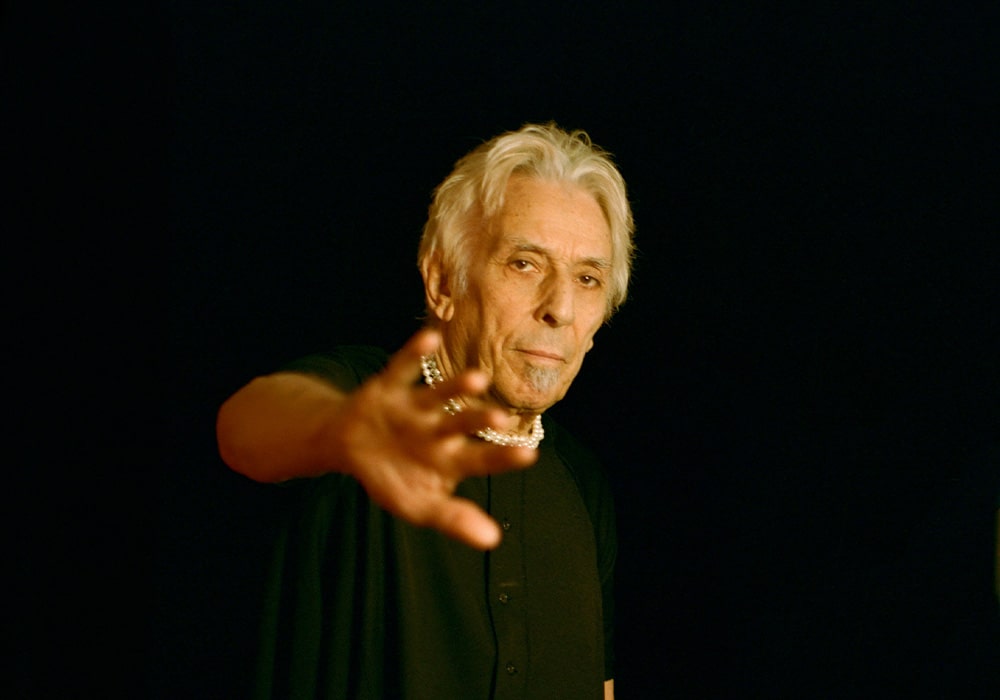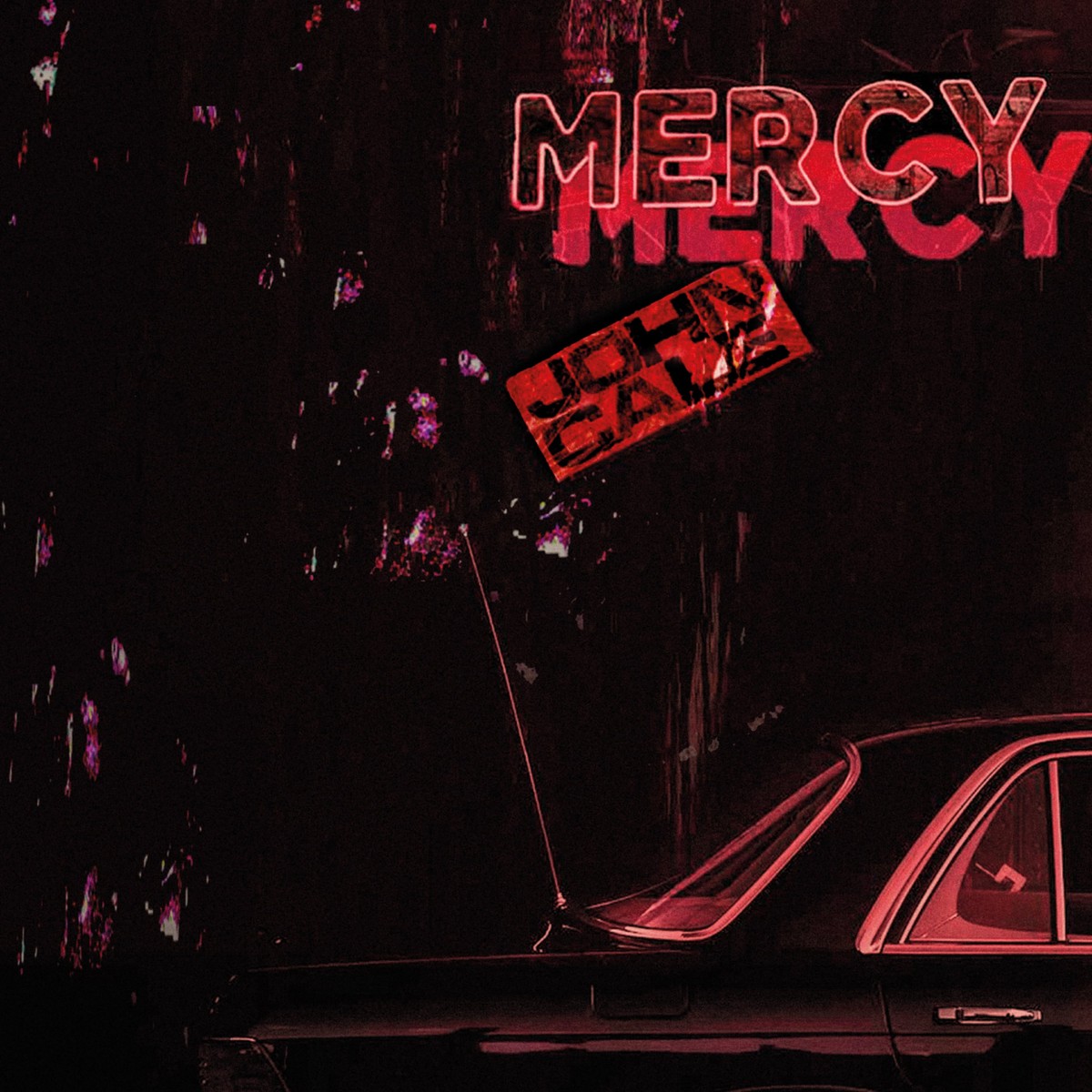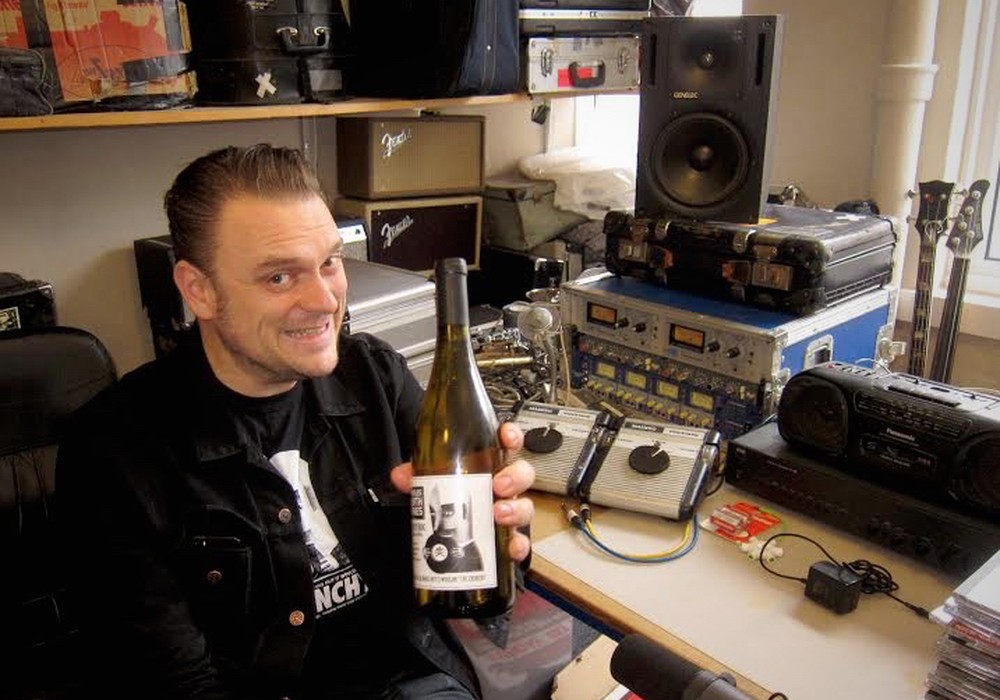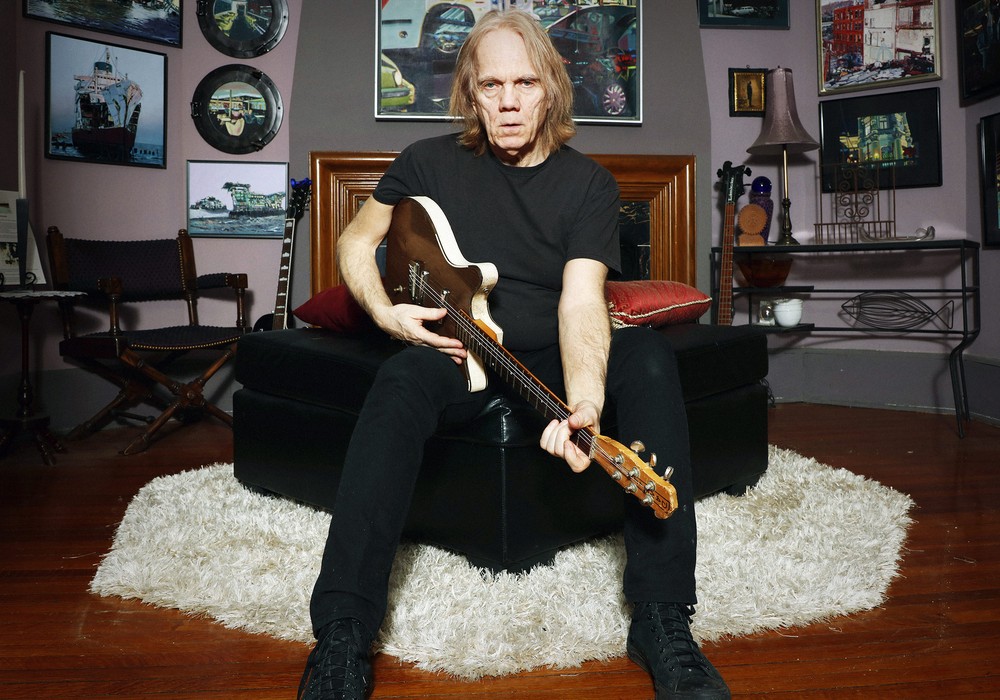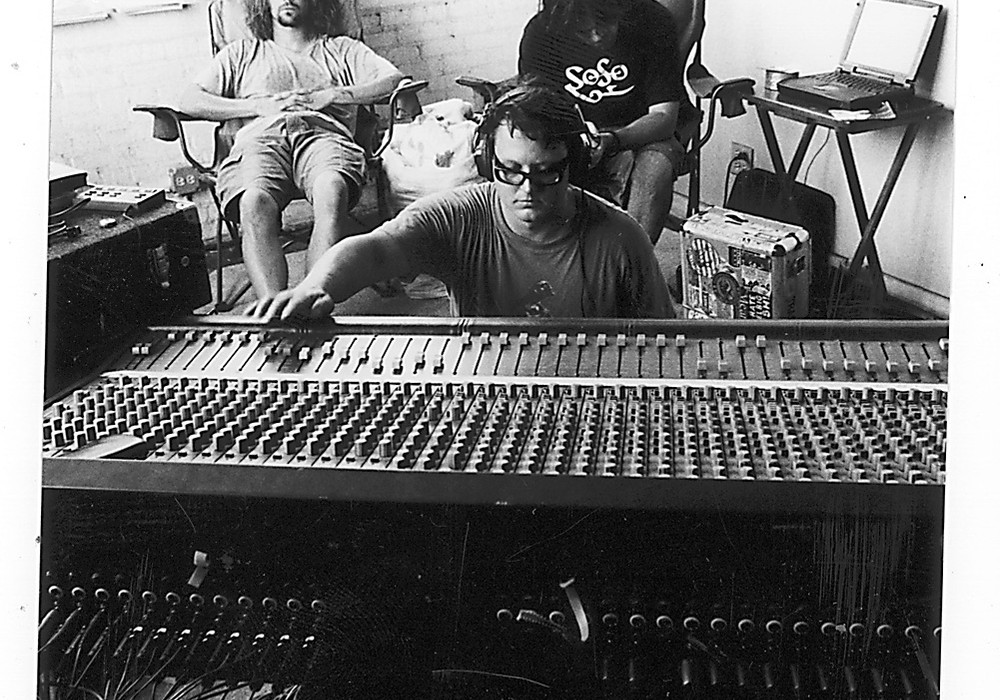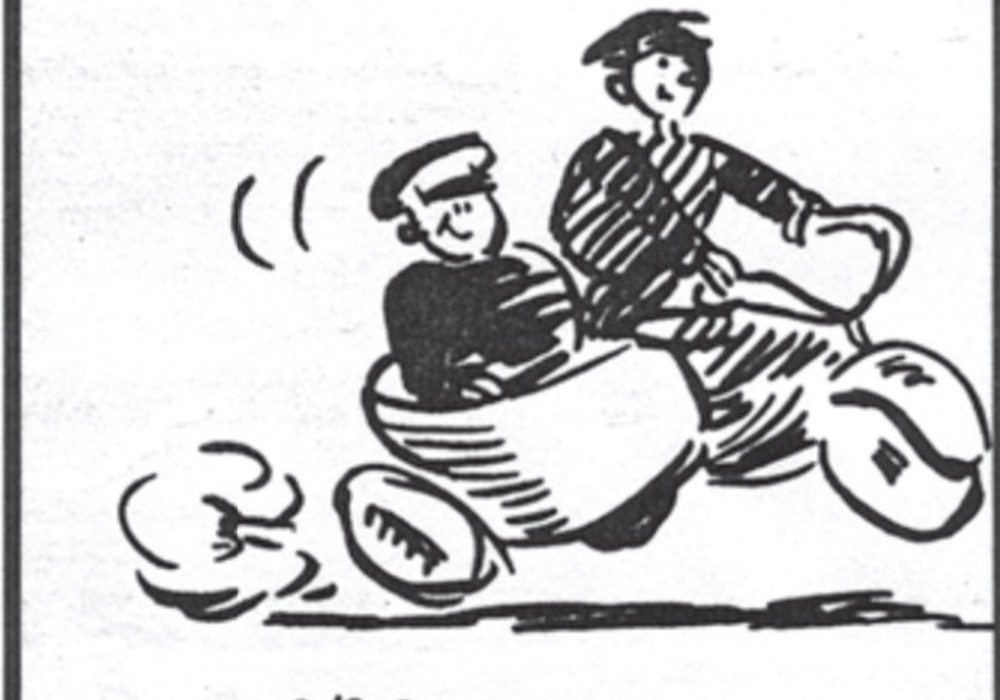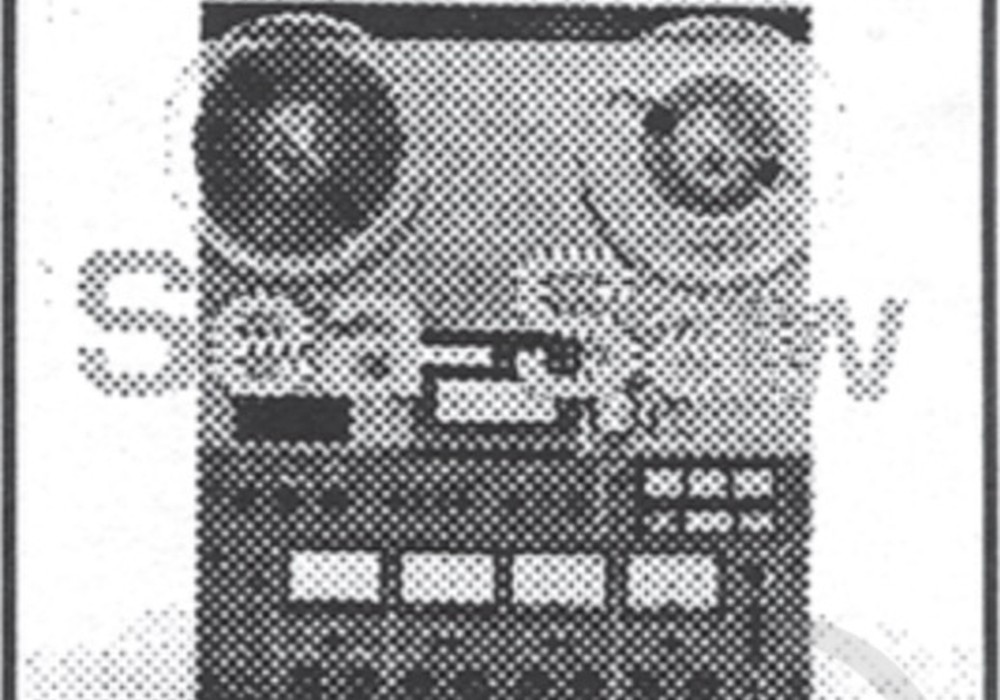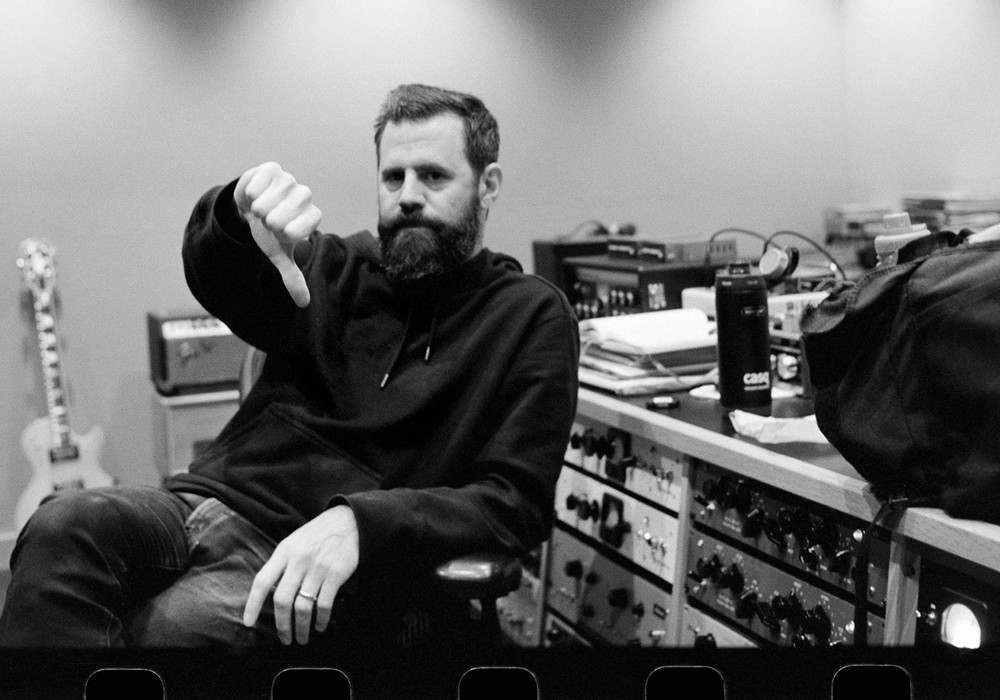In his 80s, John Cale is still (thankfully) releasing interesting music. He is a founding member of The Velvet Underground and a pioneer in drone music, as well as a producer for legends like The Stooges, Patti Smith, The Modern Lovers, Happy Mondays, Squeeze, and Sham 69. His recently released new album, Mercy, utilizes digital recording and modern production techniques in ways that might surprise the listener, and features guests such as Tony Allen, Weyes Blood, Animal Collective's Avey Tare and Panda Bear, and Sylvan Esso. Needless to say, John has long been someone we’ve wanted to talk to in the pages of Tape Op.
I love the new record, Mercy. There's something spooky and intimate about that album.
Yeah, I like that combination.
You work out of ARM Studios, your own complex?
Yes, yes. It's not complete. It's been that way for years. I have a lot of bits and pieces from all over the place, and I try and get as much as I can out of it. It's an amalgam of things that've been around for years. It's how I've been working, where I've been working, and all of that.
Is there certain recording gear that you've collected over the years? Like mics you like?
Yeah, there are one or two. I don't go crazy. They're dependable. It's a good day when I come out of the studio and there no noise is coming back at me. [laughs]
What were your early studio experiences in NYC like?
We'd drive down to the Bowery, walk up these stairs, and have no idea where we were. If the piano was in tune, we were ahead! [laughs]
With the Velvet Underground, the band was basically producing itself?
Trying very hard to do that. We were messing around with equipment that we didn't understand. What we'd come out with was really a toss-up. But once we got into Black Rock [the CBS Building in NYC] – if you got into CBS, then you're in business. Then I realized what a mishmash everything else was. CBS [Records] was several different studios in one building. I'd go downstairs at night, where I spent a couple of years working on quadraphonic mixing. Clive Davis [CBS Records boss] was very interested in attracting the Japanese market and going somewhere with it. The people that we had coming through the studios were really the elite. These guys were working on what was happening next in stereo. They'd show up with all sorts of gear. We never knew whether we were going to get the same thing twice. But they were fascinating. I sat down with them at lunch and talked to them about what my interests were in sound; they were full of information. I was never quite sure whether I understood what they were telling me. I listened to the way these guys spoke to each other, and I knew that they were in another universe. I was a lot of fun. All those engineers, some of them were the children of diplomats. There were all different kinds of makes of people. I was chewing on this stuff all the time. I wanted to hear more about what this was, and what that was over there. "Can I do this with that?” That kind of abstract realism.
The way you produced the Nico records [The Marble Index, Desertshore, The End...] was so dependent on multitrack recording. To track a multitude of instruments to create layers.
Yeah, I was into the layering. I took what I had, blended them all, and hoped that I had a good idea. Usually, it was hit or miss. Once I got an engineer that was interested in the same things as I was, then I'd be ahead.
Who were some of the engineers you worked with that you clicked with?
Oh, there were so many of them. They were all living in what seemed to me to be a surreal world. I wanted to try different things to see if they worked, and they weren't interested in that. They'd come back and they'd say, "Well, try this." We'd come to some agreement on what we were after. We were dependent on them!
There's a classic trope of the engineer saying, "No, we can't do that," all the time.
That was mainly their answer. That was the first thing that'd came back at me. I was trying to be a well-educated engineer. It seemed very important that if I didn't handle these bits of knowledge properly, then I would be just fooling myself.
